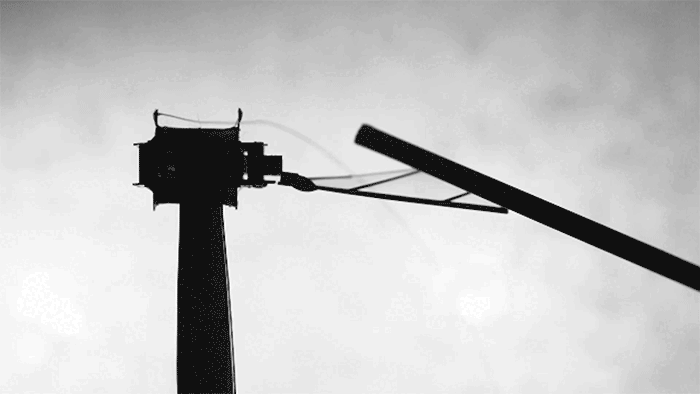With a more efficient method for artificial pollination, farmers in the future could grow fruits and vegetables inside multilevel warehouses, boosting yields while mitigating some of agriculture’s harmful effects on the environment.
|
ADVERTISEMENT |
To help make this idea a reality, MIT researchers are developing robotic insects that could someday swarm out of mechanical hives to rapidly perform precise pollination. However, even the best bug-sized robots are no match for natural pollinators like bees when it comes to endurance, speed, and maneuverability.
Now, inspired by the anatomy of these natural pollinators, the researchers have overhauled their design to produce tiny, aerial robots that are far more agile and durable than prior versions.

The new design of these tiny, aerial robots is far more robust and durable than prior versions. Here, the robot is subjected to a collision test. Credit: Courtesy of the researchers
…

Add new comment